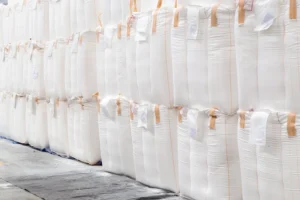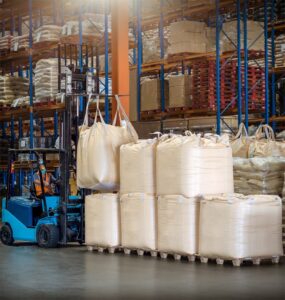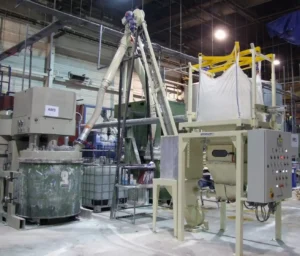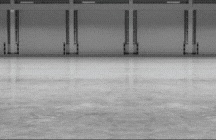How much does a structural drag chain conveyor cost? They aren’t inexpensive compared to other mechanical conveyor technologies, but they deliver under the most extreme conditions. The exact price depends on your layout and application parameters, but it can be worth it. These conveyors are ‘problem solvers in a pipeline’!
This article is for processors who want to understand the cost of using a structural drag chain conveyor in their process. If this belt conveyor system fits your needs, the price is completely worth it. If it’s not a good fit, there are several other conveying solutions available. By the end of this article, you’ll know which direction to go in.
What is a Structural Drag Chain Conveyor?
I want to give you a clear picture of what specific industrial conveyor systems I’m talking about before I go any further. Not to be confused with tubular drag chain conveyors, this article is about conveyors utilizing a chain assembly inside a structural pipe. Here at Spiroflow, we refer to them as Dynaflow® ultra heavy-duty conveyors.
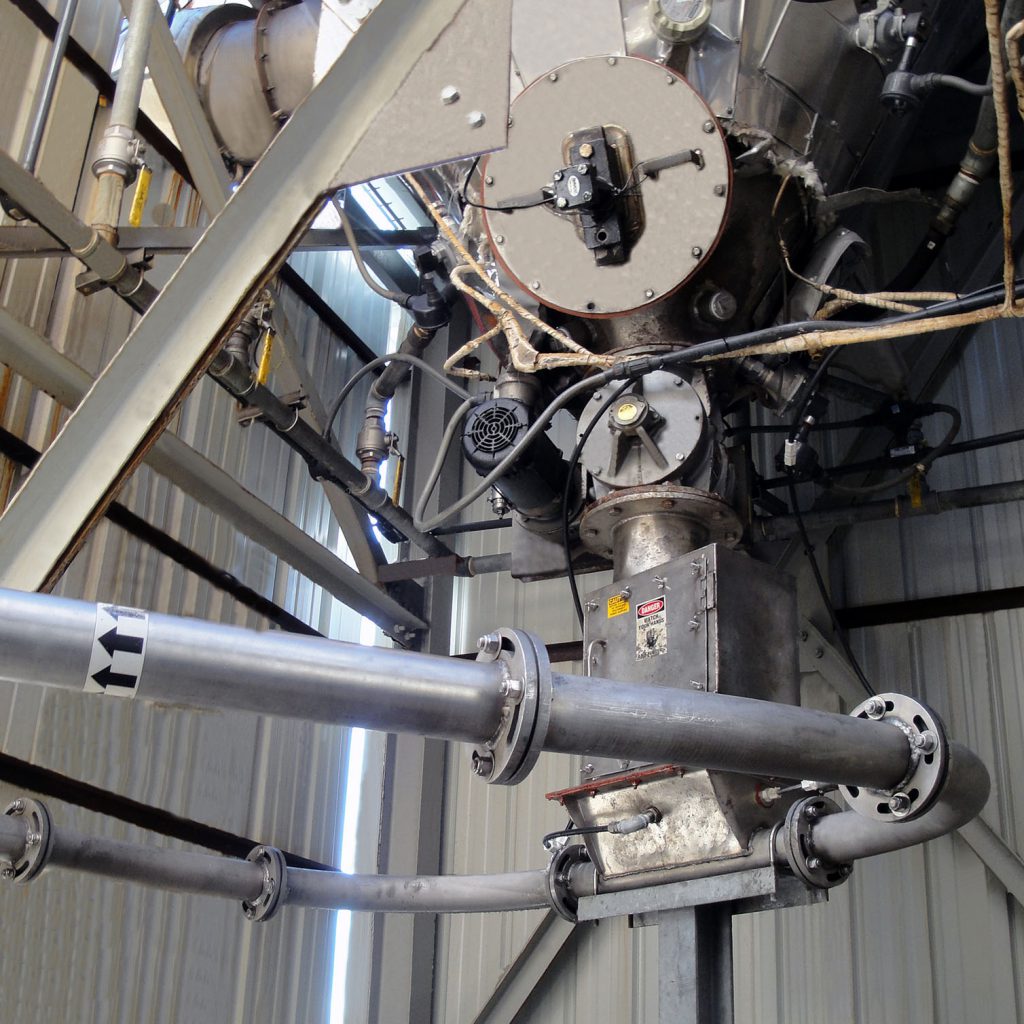
Cost Elements of a Structural Drag Chain Conveyor
These conveyors are powerhouses compared to other mechanical conveyors. They don’t move material quickly, but they can move the widest variety and most difficult materials.
Motor
The material used in your application, along with the conveyor size, layout, speed, and capacity, will directly impact the drive assembly and motor required. Motors range from 1/3 HP up to 30 HP.
Materials
Structural drag chain conveyor solutions will successfully convey the most challenging of materials, such as sludge. Consider this type of conveyor if your process requires you to convey:
- Very hot materials – temperatures up to 420˚F (216˚C),
- Fragile materials,
- Blends,
- Hygroscopic materials,
- Moist materials,
- Cohesive materials,
- Sludge,
- Slurries,
- Fine particles.
Conveyor Speed
Conveyor speeds are typically up to 50 ft/min (15 m/min) and capacities typically reach 10 ft3/min (0.28 m3/min). Conveying rates are variable. Operating the conveyor at slow speeds minimizes the risk of material degradation.
Conveyor Size
Structural drag chain conveyors from reliable suppliers are usually offered in a variety of sizes (pipe diameters) to meet specific application-dependent requirements. At Spiroflow, we offer 3”, 4”, 6”, and 8” conveyors. Of course, larger conveyors will provide higher capacities.
Conveyor Length and Layout
Structural chain drag conveyors can be laid out in a variety of configurations, such as straight runs, loops, ‘Z’ configurations, and bulb loops. Of course, the length and layout of the conveyor will impact the price. An expert manufacturer can make recommendations on the ideal layout and then calculate the cost of the required length, the number and degree of bends, and the type of idler assembly.
The conveyor’s maximum total length is 400 ft (120 m), which includes the return leg. Multiple conveyor belt solutions can be linked together to cover greater distances. The conveyors can have multiple inlets and/or multiple outlets.
Materials of Construction
This table provides a clear overview of the different components and their variants offered by Spiroflow for their drag chain conveyors, making it easier to understand and choose the right options for specific applications.
| Component | Options |
| Pipe | Schedule 40 carbon steel pipeSchedule 40 304 stainless steel pipeSchedule 40 316 stainless steel pipe |
| Chains and flights | Sealed pin chain with black neoprene seals and UHMWPE flightsSealed pin chain with white nitrile seals and UHMWPE flightsSealed pin chain with high-temperature silicone seals and carbon or stainless steel flightsDropped forged chain with cast iron flights |
| Flange joints | Carbon steel flanges, black neoprene gaskets, and grade #5 fastenersCarbon steel flanges, white nitrile gaskets, and grade #5 fastenersCarbon steel flanges, high-temperature silicon gaskets & grade #5 fasteners304 Stainless steel flanges, white nitrile gaskets or high temp silicone gaskets, and stainless steel fasteners |
NOTE: If your application requires different materials for construction, knowledgeable conveyor systems manufacturers should be able to offer additional alternatives.
Additional Options
Structural drag chain conveyors can be provided with a variety of additional options, which may be recommended based on your application. These include but aren’t limited to:
- Flanged discharge hopper,
- Air-actuated discharge gates,
- Inspection ports so operators can monitor the chain and material moving through the circuit,
- Chain vibrator at discharge so the material is removed from the surfaces of the chain,
- Control system to operate the conveyor.
Other Structural Drag Chain Benefits
This system offers totally enclosed, dust-free, and contamination-free handling, ensuring a clean and safe operation environment. Its design allows for operation in three planes, providing versatility in different settings. The system is characterized by medium energy consumption, making it efficient for various applications. Additionally, it boasts very low maintenance costs, reducing long-term operational expenses. An advantageous feature of this system is that it can be started and stopped under load, offering flexibility and convenience. Moreover, it can be run empty, providing additional operational flexibility.
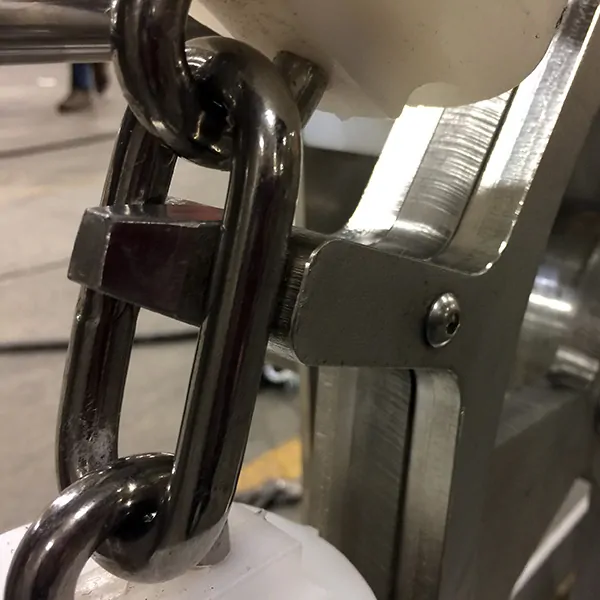
How Much Does a Structural Drag Chain Conveyor Cost?
Now, let’s talk about how much this all adds up to. The price will vary depending on your layout, materials of construction, conveyor size, specified rates and capacities, as well as selected options. A basic conveyor build will cost about $20,000 (£16,500). A complex design will cost $200,000 (£165,000).
Other Conveying Options
I mentioned this at the top, but if you think a different conveyor would be a better fit for your process, give us a call. Some conveyors can do the same kind of work for a much lower price. Here at Spiroflow, we have decades of experience in the dry bulk solids and powder processing industry. We’ll help you find the conveyor for you.
Need More?
We have you covered if you have questions or if you’re interested in adding more than a structural drag chain conveyor to your process. Check out our line of bulk bag fillers and dischargers. Let us know if you have any questions about them. We also perform control systems integration.
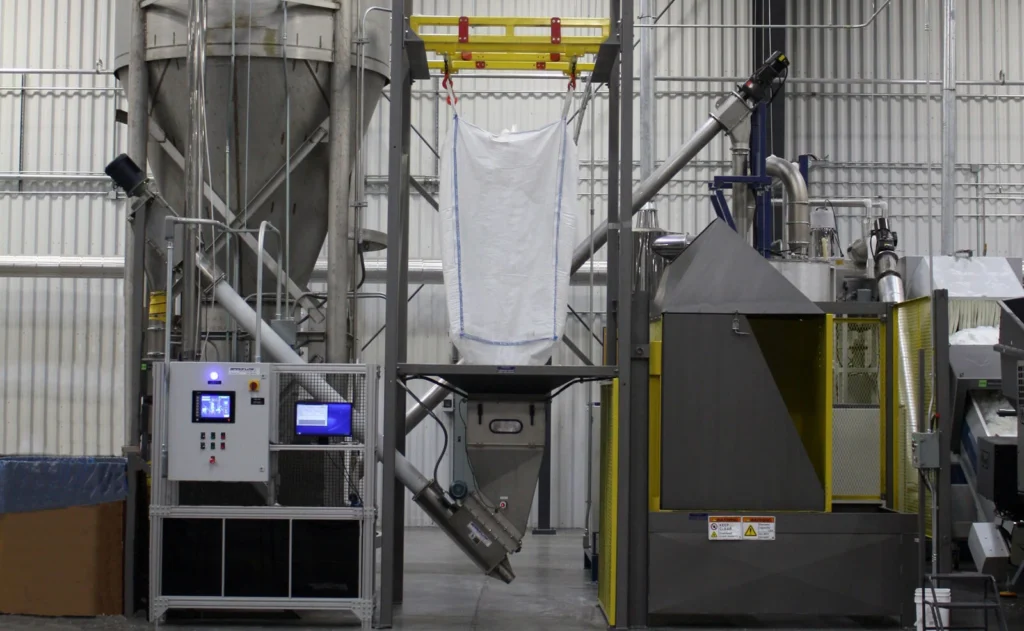
Don’t Forget to Run a Test
One last thing – I highly recommend running a material test when considering any type of conveyor. Past projects give us a good idea of what will and won’t work. Using a test lab is the only way to know for sure. This allows you to see how the conveyor will run using your product. It’s so much easier to fix problems in the testing phase versus post-installation.
For expert guidance and to ensure the best results for your specific needs, consider reaching out to Spiroflow. Our team can assist with comprehensive testing, ensuring your conveyor system is optimized for your product. Contact Spiroflow today to arrange a material test and take the first step toward a seamless, efficient conveyor installation.


